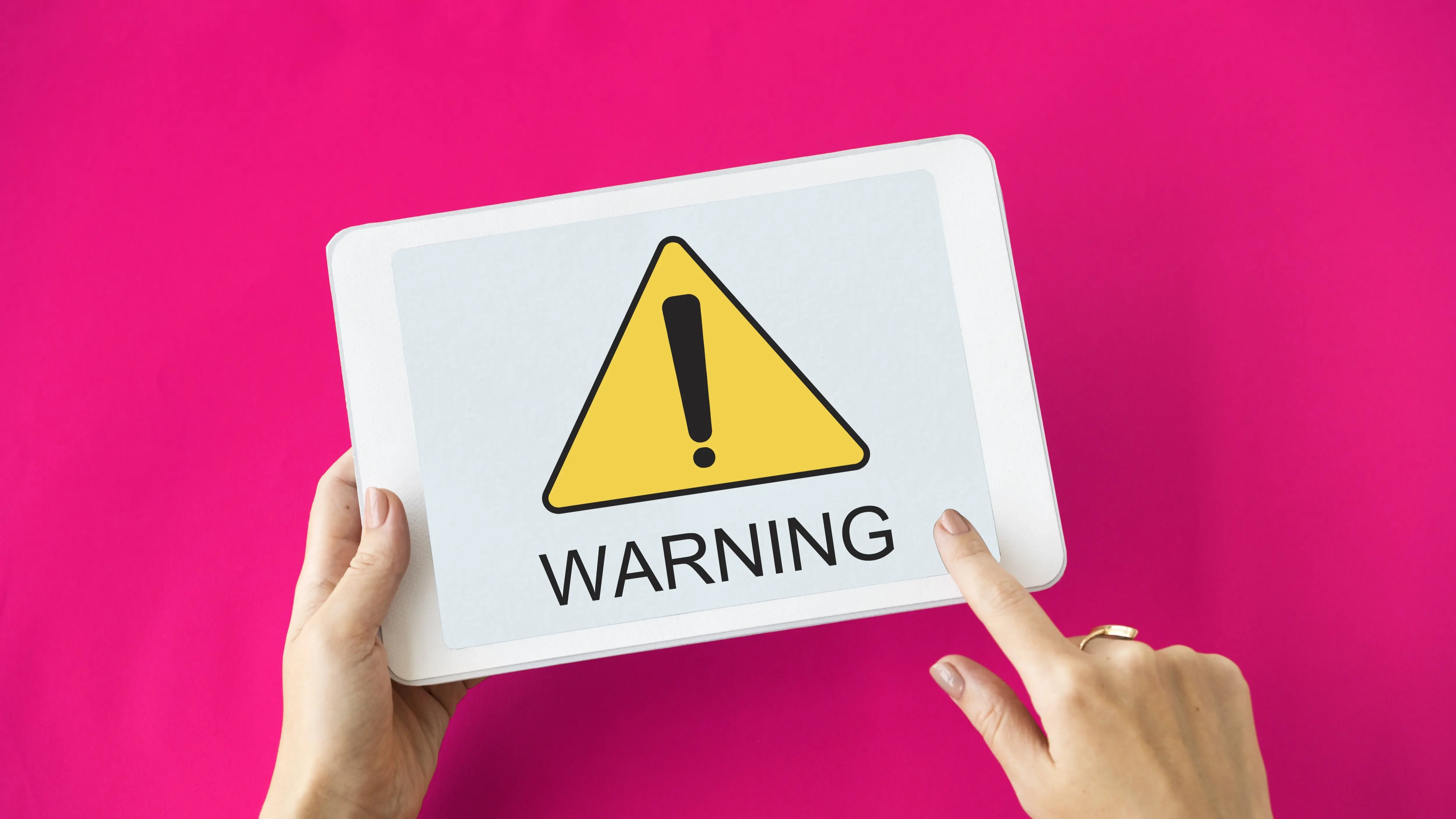
TOP 7 Most Dangerous Apps for Kids in 2025: What Parents Should Know
In the digital age, mobile applications play a significant role in children's lives, offering both educational and recreational benefits. However, not all apps are safe for young users. As technology evolves, so do the risks associated with app usage, making it crucial for parents to stay informed about the potential dangers. This article explores the top seven most dangerous apps for kids in 2025, highlighting the main threats, examples of problematic situations, and safer alternatives. Additionally, we provide essential strategies for parents to protect their children in the digital landscape.
Main Threats in Applications: What Parents Need to Know
Mobile applications can pose various threats to children's mental health, safety, and privacy. The primary concerns include:
- Privacy Risks: Many apps collect personal information, which can be misused or shared without consent.
- Exposure to Inappropriate Content: Children might encounter violent, sexual, or otherwise unsuitable material.
- Cyberbullying: Social platforms can become breeding grounds for harassment and bullying.
- Predatory Behavior: Some apps facilitate interactions with strangers, increasing the risk of predatory behavior.
- Addiction and Mental Health Issues: Excessive use can lead to addiction, anxiety, depression, and other mental health problems.
- Data Security: Vulnerabilities in apps can lead to data breaches, exposing sensitive information.
Understanding these threats is essential for parents to navigate their children's app usage safely.
TOP-7 Most Dangerous Applications: An Overview for Parents
Here are the seven most dangerous applications for kids in 2025:
1. TikTok
2. Discord
3. Snapchat
4. Roblox
5. Instagram / Threads
6. Omegle
7. Telegram (if used incorrectly)
Each of these apps has unique risks that can impact children's safety and well-being.
TikTok
Main Risks:
- Privacy Concerns: TikTok has faced scrutiny over data privacy issues, raising concerns about how children's information is handled.
- Inappropriate Content: The platform's algorithm can expose children to violent, sexual, or otherwise unsuitable content.
- Cyberbullying: The comment section and direct messaging features can be avenues for harassment.
Examples of Problem Situations:
- A child unknowingly shares personal information, leading to privacy breaches.
- Exposure to harmful trends or challenges that encourage dangerous behavior.
- Cyberbullying incidents affecting a child's mental health.
Alternatives:
- YouTube Kids: Offers a safer environment with child-friendly content and robust parental controls.
- Vimeo for Families: Provides curated content suitable for younger audiences.
Discord
Main Risks:
- Exposure to Mature Content: Discord servers may contain discussions or media not appropriate for children.
- Predatory Interactions: The platform facilitates communication with strangers, increasing the risk of predatory behavior.
- Access to Inappropriate Communities: Children might join servers that promote harmful activities or ideologies.
Examples of Problem Situations:
- A child joins a server where explicit language and content are prevalent.
- Interaction with strangers who may have malicious intent.
- Engagement in online circles that encourage negative behavior.
Alternatives:
- Kid-friendly Messaging Apps: Platforms like Messenger Kids provide safe communication channels tailored for children.
- Educational Platforms: Apps like Edmodo offer secure environments for learning and collaboration.
Snapchat
Main Risks:
- Ephemeral Nature: While snaps are temporary, screenshots can be taken without consent, leading to privacy violations.
- Inappropriate Content Sharing: The ease of sharing can lead to the dissemination of explicit or harmful material.
- Location Sharing: Snap Maps feature can reveal a child's location, posing safety risks.
Examples of Problem Situations:
- A child shares a snap containing personal information, which is then screenshot and distributed.
- Receiving or sending explicit images, leading to potential legal and emotional consequences.
- Unintended location sharing, attracting unwanted attention.
Alternatives:
- Kidozworld: A safe social network designed specifically for kids, with strict moderation and privacy controls.
- PopJam: An interactive platform where children can share art and stories in a secure environment.
Roblox
Main Risks:
- In-Game Purchases: Children might engage in unauthorized spending, leading to financial risks.
- Exposure to Inappropriate Content: User-generated content can include violence, profanity, and other unsuitable material.
- Interacting with Strangers: The multiplayer aspect facilitates communication with unknown individuals, increasing the risk of predatory interactions.
Examples of Problem Situations:
- A child makes excessive in-game purchases without parental consent, leading to financial strain.
- Encountering violent or sexual content within games.
- Being targeted by cyberbullies or predators within the platform.
Alternatives:
- Minecraft Education Edition: Offers a controlled environment for creative play and learning.
- Toca Builders: A safe, imaginative platform for children to build and explore.
Instagram / Threads
Main Risks:
- Social Pressure and Mental Health: The emphasis on likes and followers can lead to anxiety, low self-esteem, and depression.
- Exposure to Inappropriate Content: Users can encounter explicit imagery, cyberbullying, and harmful trends.
- Privacy Issues: Personal information can be exploited or shared without consent.
Examples of Problem Situations:
- A child becomes obsessed with gaining followers, leading to mental health struggles.
- Exposure to cyberbullying or harmful challenges through posts and stories.
- Personal photos and information being shared widely without consent.
Alternatives:
- Pinterest for Kids: Allows creative expression in a safer, more controlled environment.
Omegle
Main Risks:
- Anonymity Facilitates Predatory Behavior: Users can interact with strangers without accountability, increasing the risk of predatory actions.
- Exposure to Inappropriate Content: The platform often hosts explicit and harmful material.
- Lack of Moderation: Minimal oversight allows for unchecked harmful interactions.
Examples of Problem Situations:
- A child engages in conversations with a predator, leading to potential exploitation.
- Exposure to explicit content through video or text chats.
- Involvement in illegal or harmful activities discussed on the platform.
Alternatives:
- GoNoodle: Provides safe, interactive activities and games focusing on physical movement and mindfulness.
- PBS Kids Games: Offers educational and entertaining games in a secure environment.
Telegram (If Used Incorrectly)
Main Risks:
- Encrypted Chats Facilitate Hidden Interactions: The privacy features can be misused for harmful communications.
- Access to Unregulated Content: Users can share and access a wide range of content, including inappropriate material.
- Potential for Cyberbullying and Harassment: Secret groups and chats can become platforms for bullying.
Examples of Problem Situations:
- A child participates in secret groups that promote harmful behavior.
- Sharing explicit content within encrypted chats without parental knowledge.
- Cyberbullying incidents conducted through private messages.
Alternatives:
- Viber for Kids: A secure messaging app with robust parental controls.
- Slack for Education: Provides a safe platform for communication and collaboration in an educational setting.
How Can Parents Protect Children?
Protecting children in the digital age requires proactive and informed strategies. Here are essential measures parents can take:
1. Control Gadget Usage
Limiting screen time and monitoring the types of devices children use can significantly reduce exposure to harmful content. Setting specific times for device usage and ensuring gadgets are used in common areas of the home can help parents oversee their children's online activities effectively.
2. Implement Parental Controls
Utilizing parental control software is crucial in safeguarding children online. Kroha, a leading parental control app, offers comprehensive features that help parents monitor and manage their children's app usage. Kroha allows parents to:
Block Dangerous Apps: Prevent installation and usage of identified high-risk apps.
Monitor Activity: Track which apps are being used and for how long.
Set Time Limits: Control the amount of time children spend on devices daily.
Filter Content: Restrict access to inappropriate websites and content.
Kroha empowers parents to create a safe digital environment, ensuring that children can benefit from technology without undue risks.
3. Educate Children About Online Safety
Open communication about the potential dangers online and teaching children how to respond to inappropriate situations is vital. Educating children about the importance of not sharing personal information, recognizing cyberbullying, and understanding privacy settings can foster responsible online behavior.
4. Stay Informed About Emerging Apps and Trends
The digital landscape is continuously evolving, with new apps and platforms emerging regularly. Parents should stay updated on the latest trends and understand the functionalities and risks associated with new applications to make informed decisions about their children's app usage.
5. Create a Trusting Relationship
Building a relationship based on trust allows children to feel comfortable discussing their online experiences. Encouraging openness ensures that children can report any uncomfortable or harmful situations they encounter online without fear of reprimand.
Conclusion
As children increasingly engage with digital platforms, understanding the risks associated with various mobile applications is essential for their safety and well-being. Apps like TikTok, Discord, Snapchat, Roblox, Instagram/Threads, Omegle, and Telegram present significant dangers, including privacy breaches, exposure to inappropriate content, cyberbullying, and potential predatory interactions. By implementing parental controls, such as the Kroha app, maintaining open communication, and staying informed about the latest digital trends, parents can effectively safeguard their children in the online world. Prioritizing online safety ensures that children can enjoy the benefits of technology while minimizing the associated risks.
Recent articles
What Does Sigma Mean, and Why Is It a Popular Trend Among Teenagers?
In the ever-evolving landscape of online culture, the term "Sigma" has emerged as a significant trend, particularly among teenagers. But what does Sigma mean, and why has it garnered such widespread attention? This article delves into the intricacies of the Sigma trend, exploring its popularity, associated risks, parental concerns, and offers recommendations to safeguard young minds from potential negative impacts.
Child phone monitoring - why is it needed?
We have firmly entered the era of gadgets, when a smartphone in the hands of a child no longer surprises anyone. Not only wealthy families, but also parents with modest income equip their kids with the means of communication more often, because when done right, they bring benefits ranging from increased child safety to new opportunities for learning and development. The main difficulty lies in the competent organization of interaction with an electronic toy in order to make a smartphone for a kid a guard and assistant, but not a new source of danger.

